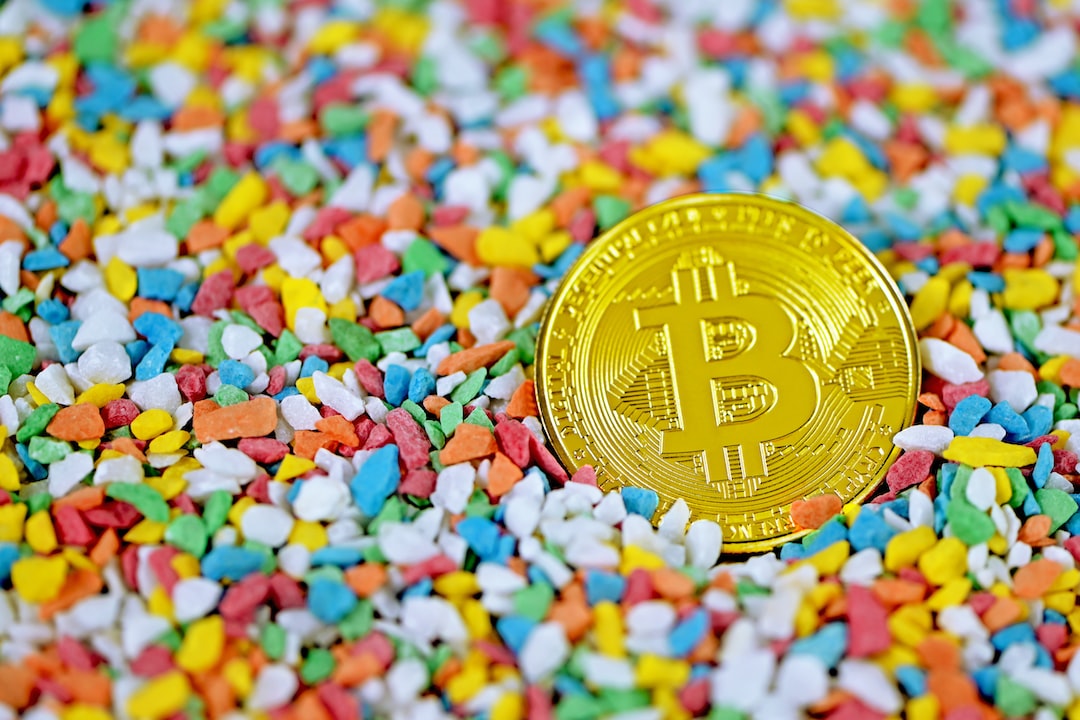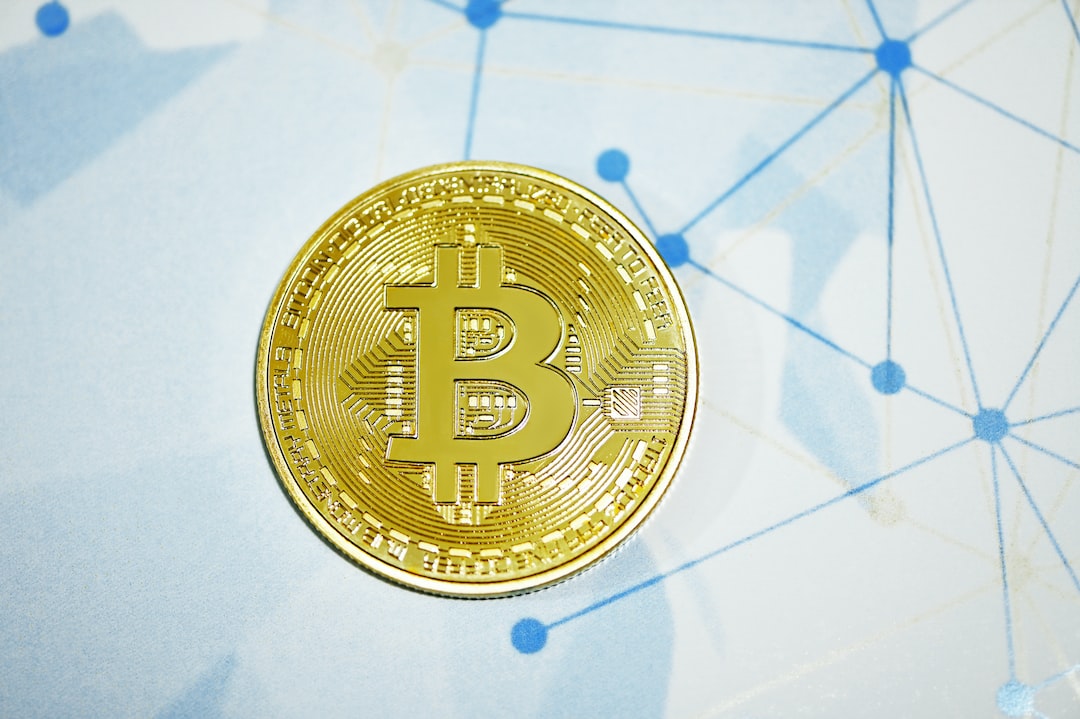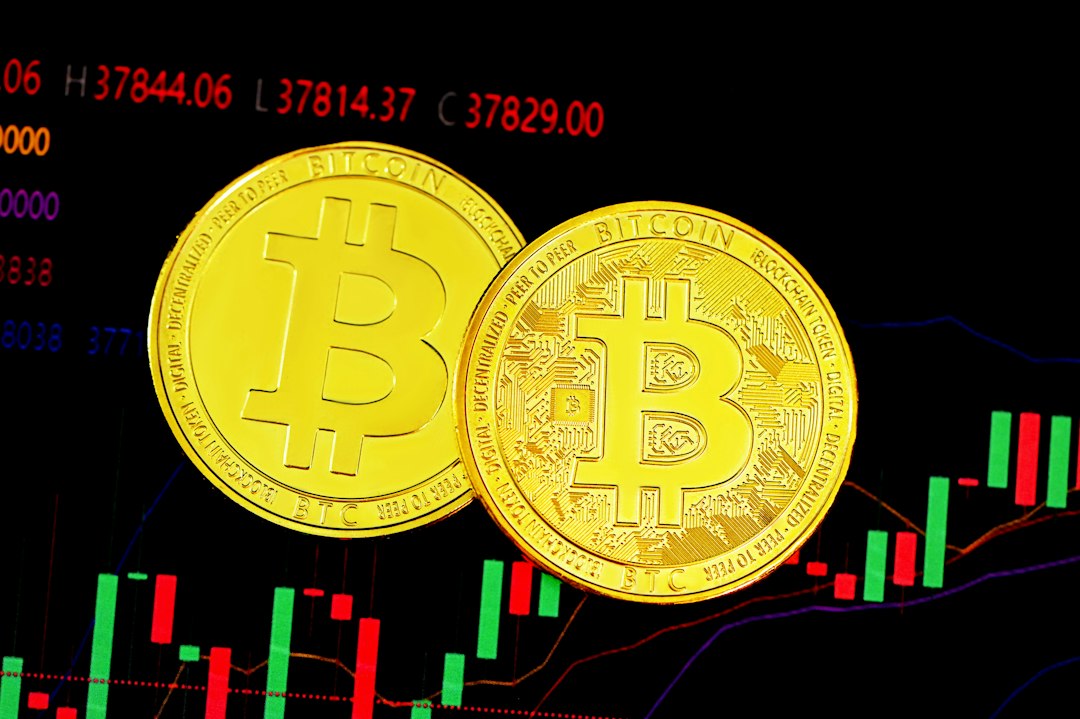The Democratization of Digital Assets: Empowering Content Creators
Cryptocurrency and blockchain technology have revolutionized the way we perceive traditional finance and digital transactions. By eliminating intermediaries and decentralizing power, these transformative technologies have opened up a whole new world of possibilities. One of the most promising aspects of this disruption is the democratization of digital assets, empowering content creators like never before.
Before the advent of blockchain technology, content creators often faced hurdles when it came to monetizing their work. They had to rely on third-party platforms, such as YouTube or Spotify, and adhere to strict revenue-sharing models that often left them with a small fraction of the earnings generated from their own creations. However, with the rise of Web3 and the integration of cryptocurrencies, content creators have gained greater control over their assets and income.
Web3 refers to the next evolution of the internet, where blockchain and decentralized applications (dApps) are at the core. It aims to shift the power dynamics from centralized platforms to individual users, offering more transparency, security, and autonomy. By leveraging blockchain technology, content creators can mint their own digital assets, such as non-fungible tokens (NFTs) representing their work, and directly sell them to their audience.
Imagine you are a talented digital artist who creates beautiful illustrations. Instead of solely relying on selling prints or licensing your artwork to third parties, you can now mint your art as NFTs and offer them for sale directly to your fans. This allows you to earn a higher percentage of the revenue and establish a direct relationship with your audience. Additionally, through blockchain-based smart contracts, you can ensure that you receive royalties whenever your NFT is resold, even after it has changed hands multiple times.
The democratization of digital assets also extends to other forms of media. Musicians can release their songs as NFTs, allowing their fans to directly support them and participate in their success. Writers can publish their work as NFT-backed eBooks, ensuring that they retain ownership and earn fair compensation for their creativity.
By leveraging blockchain technology, Web3 platforms remove the need for middlemen and gatekeepers, enabling content creators to establish a direct connection with their audience. This shift introduces a more inclusive and fair ecosystem, where the value generated from creative works goes directly to the creators themselves.
Moreover, the democratization of digital assets has the potential to redefine the relationship between creators and consumers. As a content creator, you can now involve your audience in the creative process by allowing them to have a stake in your work. This engagement fosters a sense of community and loyalty, as your audience becomes invested in your success.
Web3 also offers content creators the opportunity to experiment with new business models. For instance, you can crowdfund your next project by selling limited edition NFTs or offer exclusive perks to your most dedicated supporters. The possibilities are endless, and the power lies in your hands.
However, it’s important to approach this new world of digital assets with caution. Just as Web3 brings new opportunities, it also presents new risks. The decentralized nature of blockchain means that you are solely responsible for your digital assets. It’s crucial to prioritize security and educate yourself about best practices for managing and storing your cryptocurrencies and NFTs.
Additionally, as the popularity of NFTs continues to grow, environmental concerns have been raised due to the significant energy consumption of blockchain networks. It’s essential to choose blockchain platforms that employ sustainable and energy-efficient solutions to mitigate these concerns.
Frequently Asked Questions:
Q: How can I start minting and selling my own digital assets?
A: To mint and sell your own digital assets, you can explore blockchain platforms specifically designed for this purpose. Some popular options include Ethereum, Binance Smart Chain, and Flow. These platforms provide tools and resources to help you create, mint, and trade your digital assets.
Q: Do I need technical knowledge to get started?
A: While having some technical knowledge can be helpful, many user-friendly platforms and marketplaces have emerged that simplify the process of minting and selling digital assets. These platforms often provide intuitive interfaces and step-by-step guides to assist you, regardless of your expertise level.
Q: Can I sell my digital assets on existing platforms, such as YouTube or Spotify?
A: While existing platforms may not directly facilitate the sale of digital assets, some platforms are exploring integrations with blockchain technology. For example, YouTube has recently announced plans to allow content creators to sell NFTs directly through their platform. Keep an eye on these developments as they unfold.
Q: Are there any legal considerations when selling digital assets?
A: As with any financial transaction, it’s crucial to be aware of the legal implications when selling digital assets. Ensure that you comply with relevant laws and regulations in your jurisdiction, especially when it comes to taxes and intellectual property rights.
Q: How can I ensure the authenticity of a digital asset?
A: Blockchain technology ensures the immutability and traceability of digital assets. By leveraging blockchain platforms, each digital asset carries a unique cryptographic signature that verifies its authenticity. Additionally, you can choose to work with reputable marketplaces that conduct thorough verification processes.
Web3 and the democratization of digital assets offer a revolutionary pathway for content creators to regain control and value from their creations. You have the opportunity to shape the future of creative monetization, engage with your audience, and explore new possibilities. Embrace this new era of empowerment and unleash your creative potential.





 By
By
 By
By

 By
By
 By
By